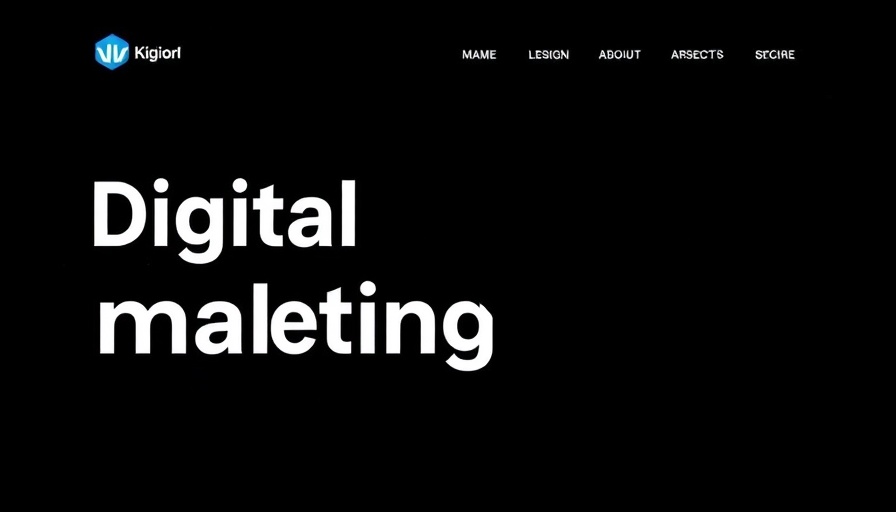
Understanding First Call Resolution: Why It Matters
First Call Resolution (FCR) refers to the ability of a customer service representative to resolve a customer's issue on the first point of contact without any follow-up needed. This key performance indicator has become essential for businesses aiming to enhance customer satisfaction and loyalty. In today’s competitive landscape, where customers have higher expectations for service delivery, implementing effective FCR strategies can drive significant growth and retain clients.
The Critical Connection Between FCR and Customer Satisfaction
Reports show that companies emphasizing FCR can significantly boost their customer satisfaction ratings. For instance, a study by the International Customer Management Institute found that a 1% increase in FCR correlates with a 1% increase in overall customer satisfaction scores. Understanding this connection allows businesses to allocate resources effectively towards training representatives and improving processes, potentially leading to higher retention rates.
Strategic Approaches to Enhance FCR
To optimize First Call Resolution, organizations must consider several strategic approaches, such as implementing comprehensive training programs for support staff. Initially, training should focus on product knowledge and problem-solving skills to empower representatives to make informed decisions during calls.
Moreover, using advanced customer relationship management (CRM) tools can streamline the process, allowing representatives to access customer information and previous interactions quickly. Analytics and data reporting play a crucial role here, enabling businesses to track which issues are frequently resolved on the first call and which ones need further tweaking in their approach.
Exploring the Role of Technology in FCR
Incorporating technology solutions can lead to remarkable improvements in First Call Resolution rates. Implementing chatbots for preliminary inquiries or integrating artificial intelligence to analyze customer interactions can help gather context before customers even speak to a representative. This preemptive knowledge aids in quicker resolutions, directly impacting overall customer experience.
Moreover, businesses should invest in training staff on utilizing these technologies effectively. For instance, equipping representatives with data on common inquiries can empower them to respond more precisely and efficiently. This applies to all sectors, from e-commerce platforms needing responsive chat solutions to service-based businesses requiring detailed customer histories.
The Future of Customer Service: FCR Trends
Looking ahead, several trends are emerging that could reshape how businesses view First Call Resolution. The integration of omnichannel strategies allows customers to switch between communication modes without losing context, which can enhance their overall experience.
In addition, with the rise of voice commerce and natural language processing technologies, companies might find future opportunities in utilizing these tools to refine their first call interactions. The ability to understand and predict customer needs through these advanced technologies could lead to unprecedented levels of FCR.
Actionable Insights for Business Leaders
For business leaders striving to improve First Call Resolution, the key takeaway is to invest in both technology and staff training. Enhancing employee capabilities with relevant tools and insights will translate directly into improved customer interactions. Furthermore, collecting and analyzing feedback is crucial for ongoing improvement efforts, ensuring that changes implemented are effective and beneficial.
Conclusion: A Call to Action
In this age of instant gratification, businesses that prioritize First Call Resolution will not only enhance customer satisfaction but also secure their competitive edge in the market. By adopting the strategies discussed, leaders can create an environment focused on problem-solving and customer engagement. With the right approach, your organization can pave the way to increased loyalty and revenue. Now is the time to re-evaluate your call resolution strategies to ensure you’re meeting your customer expectations effectively.
 Add Row
Add Row  Add
Add 




Write A Comment